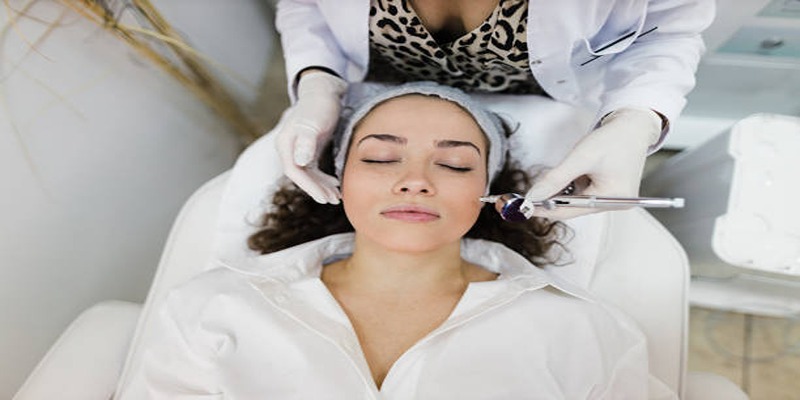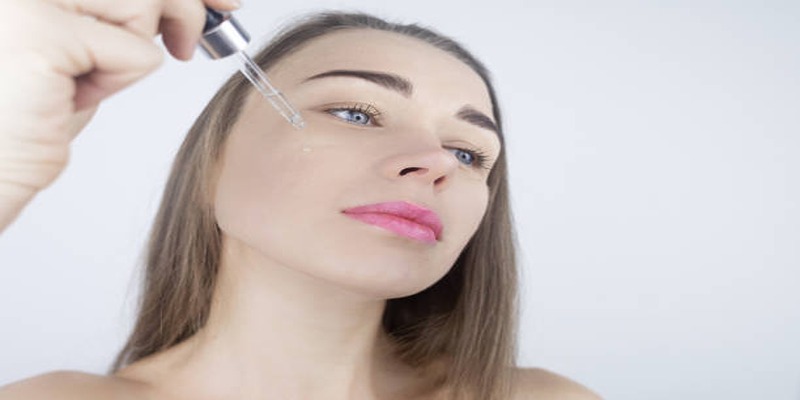Microneedling is increasingly recognized as a promising treatment for hair loss, appealing to both medical professionals and patients seeking non-invasive options. This technique involves the use of tiny needles to create micro-injuries in the scalp, which can stimulate the body's natural healing process. By enhancing blood flow and encouraging the production of growth factors, microneedling may effectively improve hair density and strength. When combined with other treatments, such as topical minoxidil or platelet-rich plasma, it offers a synergistic approach to revitalizing dormant hair follicles. Understanding the science behind microneedling requires a closer examination of its impact at the cellular level, including the release of essential proteins that facilitate hair growth.
What is Microneedling?

Microneedling is a cosmetic technique that employs a device with fine needles to gently puncture the skin's surface. These deliberate micro-injuries stimulate the body's natural healing process, boosting collagen and elastin productionkey elements for skin rejuvenation. In dermatology, microneedling is celebrated for enhancing skin texture and firmness, as well as diminishing scars and blemishes.
When applied to the scalp, it enhances blood circulation and nutrient delivery to hair follicles, potentially reversing hair thinning and promoting new growth. This treatment requires minimal downtime, making it an attractive option for those looking for effective and less invasive methods to address their hair loss concerns.
Tools and technology used in microneedling
Microneedling devices are designed with varying needle lengths, ranging from 0.5mm to 3.0mm, depending on the target area and intended use. The needles can be either manual or motorized, allowing for precise depth control and more significant coverage of the treatment area. Additionally, some devices feature adjustable speeds and interchangeable needle heads, providing a customizable treatment experience for different skin types and conditions.
Another innovative technology used in microneedling is the addition of LED lights to the device. These lights emit specific wavelengths that penetrate the skin at different depths, promoting collagen production and enhancing overall results.
Mechanism of Action
The micro-injuries created during microneedling trigger the body's natural healing process, stimulating the production of growth factors and cytokines. These essential proteins promote cell proliferation and increase blood flow, creating an optimal environment for hair follicles to thrive. Additionally, as the needles penetrate through the scalp, they also create microscopic channels that allow for better absorption of topical treatments like minoxidil or platelet-rich plasma (PRP), further enhancing their effectiveness.
Growth Factors involved in hair restoration
One of the primary growth factors released during microneedling is platelet-derived growth factor (PDGF). This protein plays a vital role in angiogenesis, promoting new blood vessel formation that carries nutrients and oxygen to the hair follicles. Additionally, PDGF stimulates fibroblast activity, leading to increased collagen production that improves skin elasticity and thickness.
Another essential growth factor is transforming growth factor-beta (TGF-), which regulates cell proliferation and differentiation. TGF- also plays a crucial role in hair follicle development and maintenance, making it an important component in microneedling-induced hair restoration.
Scientific Evidence
Several studies have demonstrated the effectiveness of microneedling in treating hair loss. A 2013 study published in the Journal of Cutaneous and Aesthetic Surgery found that patients with androgenetic alopecia (male-pattern baldness) treated with microneedling showed significant improvement in hair density, thickness, and overall satisfaction compared to those who received a placebo treatment.
Another study published in 2017 in the International Journal of Trichology reported that combining microneedling with PRP resulted in greater hair growth compared to using PRP alone. The researchers also noted an increase in key hair growth markers such as PDGF, TGF-, and vascular endothelial growth factor (
Combining Microneedling with other treatments
While microneedling can be effective on its own, combining it with other treatments can further enhance its results. One popular combination is using microneedling alongside topical minoxidil, a medication commonly used for treating hair loss. Microneedling creates channels in the scalp, allowing for better absorption of minoxidil and increasing its effectiveness.
Another effective combination is microneedling with PRP. This treatment involves taking a sample of the patient's blood, processing it to isolate platelet-rich plasma, and then injecting it into the scalp or applying it topically after microneedling. The growth factors and cytokines found in PRP work synergistically with those released during microneedling to promote hair growth and improve overall hair health.
Benefits of Microneedling for Hair Restoration
Microneedling offers multiple benefits for those seeking hair restoration solutions.
- It is a minimally invasive procedure that requires little to no downtime, making it a convenient option for those with busy schedules.
- It can be used on all skin types and colors without the risk of hyperpigmentation or scarring.
- It stimulates the body's natural healing process, promoting hair growth from within.
- When combined with other treatments, such as minoxidil or PRP, it offers a synergistic approach to addressing hair loss concerns.
Drawbacks of Microneedling for Hair Restoration

Despite the many benefits of microneedling, there are some drawbacks to consider.
- It may not be suitable for those with active scalp infections or inflammatory conditions, as it can exacerbate these conditions.
- The treatment may cause some discomfort and minor bleeding, but this is typically well-tolerated by most individuals.
- Results may vary from person to person, and multiple sessions may be required to achieve desired results.
Conclusion
Microneedling presents a promising option for those seeking alternative hair restoration techniques. As a minimally invasive procedure supported by scientific evidence, it offers unique benefits such as enhanced product absorption and the stimulation of natural hair growth processes. However, understanding the limitations and potential side effects is crucial for managing expectations and ensuring the best outcomes. By combining microneedling with other hair loss treatments like minoxidil or PRP, individuals can potentially improve their results and tackle hair loss more effectively. Ultimately, consulting with a healthcare professional is essential in determining whether microneedling is a suitable and beneficial treatment for specific hair loss conditions.







